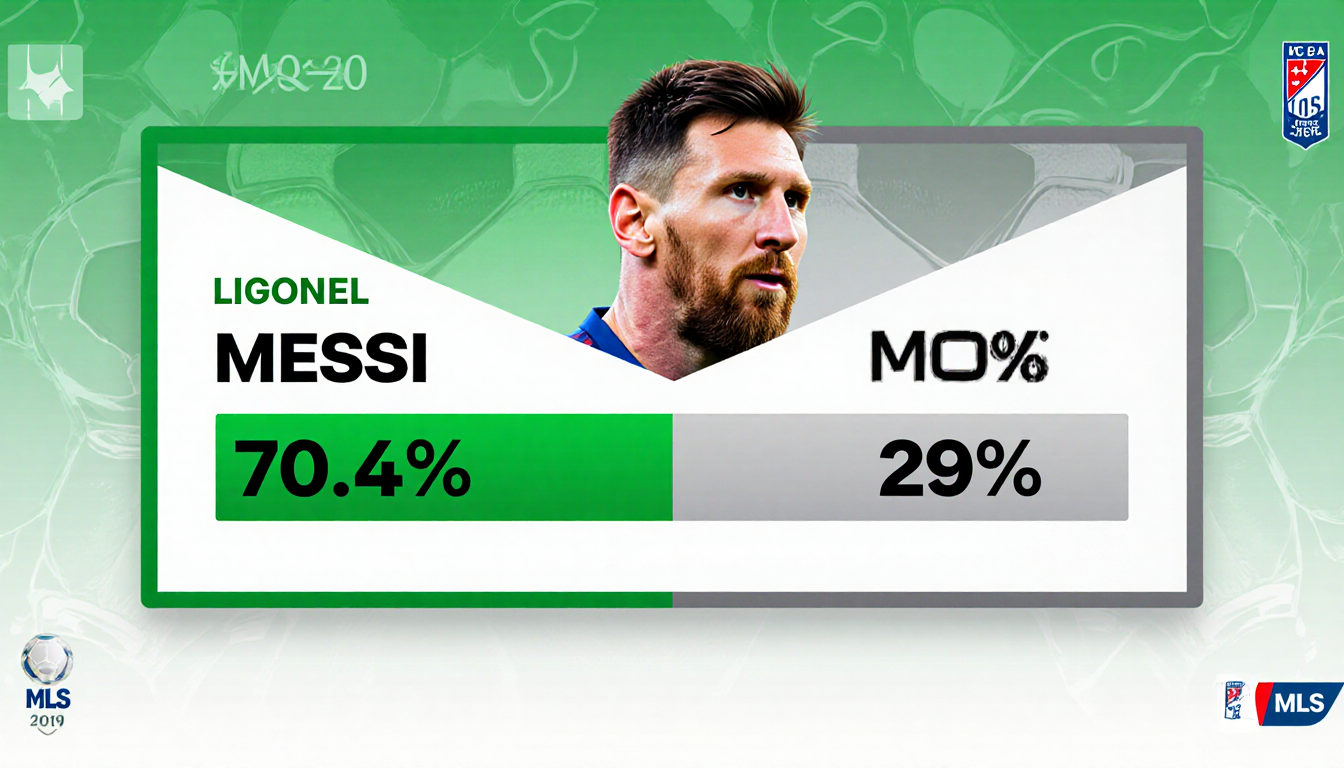Messi’s back‑to‑back MLS MVP award marks a historic first, as the 38‑year‑old Argentine and Inter Miami captain receives the league’s top individual honor. He finished the regular season with 29 goals and 19 assists, the best in the league.
Historic MVP Achievement
Lionel Messi became the first player in Major League Soccer to win the MVP award in consecutive seasons. The announcement came Tuesday, confirming him as this year’s league‑wide top individual honor. He is only the second two‑time MVP in MLS history, joining Preki, who won the award in 1997 and 2003.
Voting Breakdown
Messi received 70.4% of the total vote, the largest winning margin since Sebastian Giovinco’s 2015 performance. The remaining votes were:
- Anders Dreyer (San Diego) – 11.2%
- Denis Bouanga (LAFC) – 7.3%
- Evander (Cincinnati) – 4.8%
- Sam Surridge (Nashville) – 2.4%
Coaches and Commissioners Praise
Inter Miami coach Javier Mascherano said, “He was fantastic the whole season, with the numbers and also with the commitment.” He later added, “The reality, Leo clears all doubts.”
MLS Commissioner Don Garber commented, “I think he’s the unicorn of unicorns,” and later remarked, “Since then, we’ve witnessed something truly historic: the greatest player of all time bringing global attention to our league. We’re thrilled that Leo has chosen to stay and continue his career with Inter Miami.”
Career Accolades
Messi’s list of honors is extensive:
- Eight Ballon d’Or titles
- Eight Pichichi trophies as La Liga’s top scorer
- Six La Liga best player nods
- Three Best FIFA Men’s Player awards
- Three UEFA Men’s Player of the Year wins
- Two FIFA World Cup Golden Balls
- Fifteen selections as Argentina’s best player in a given year
- Forty‑seven trophies for club and country, including the 2022 World Cup
MLS Legacy
Messi is the sixth player in MLS history to win both the MVP award and a championship in the same season. Only Atlanta United’s Josef Martinez achieved the same triple (MVP, title, Golden Boot) in 2018. Messi’s back‑to‑back MVPs place him among a short list of players who have won consecutive MVPs in major U.S. sports leagues.
Future Commitments
Messi has signed a three‑year extension with Inter Miami, ensuring his presence as the club opens its new stadium near Miami International Airport next season.
Key Takeaways
- Messi becomes the first MLS player to win back‑to‑back MVP awards.
- He secured the award with 70.4% of the vote, the largest margin since 2015.
- Messi has signed a three‑year extension, staying with Inter Miami as the club expands.
The 38‑year‑old Argentine’s achievement cements his legacy in MLS and highlights the growing impact of international stars in the league.




